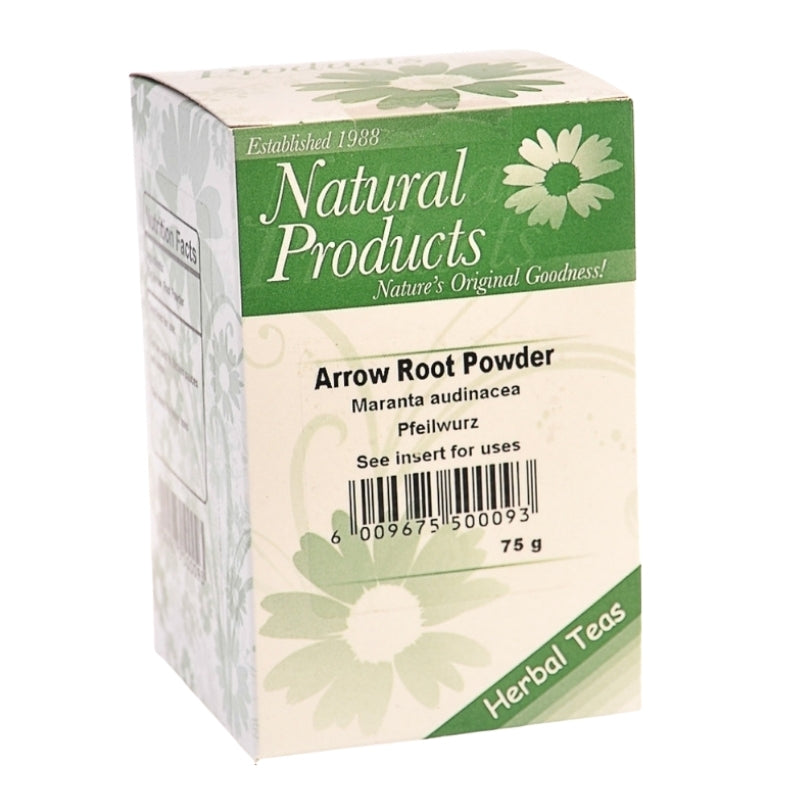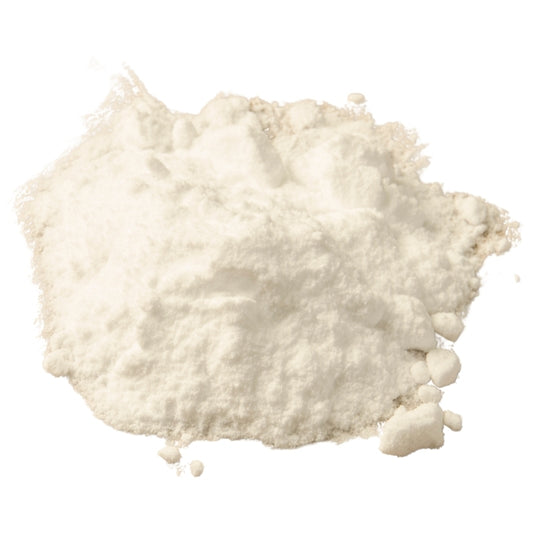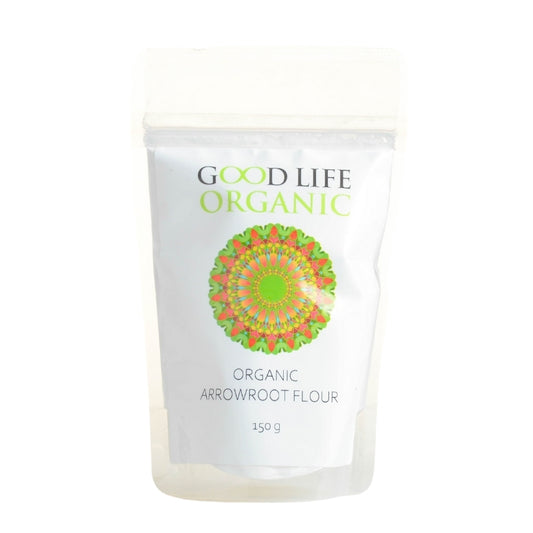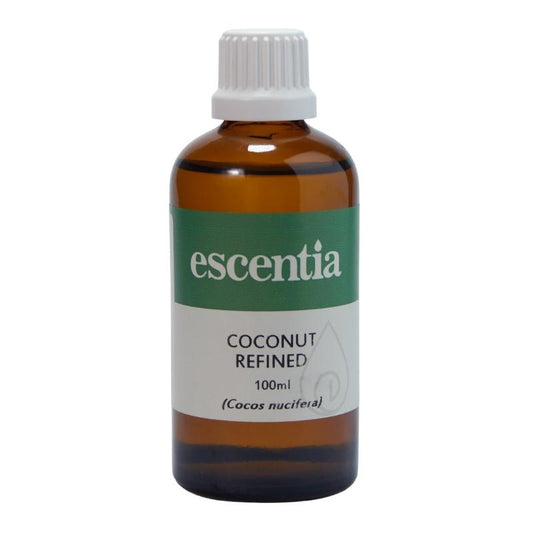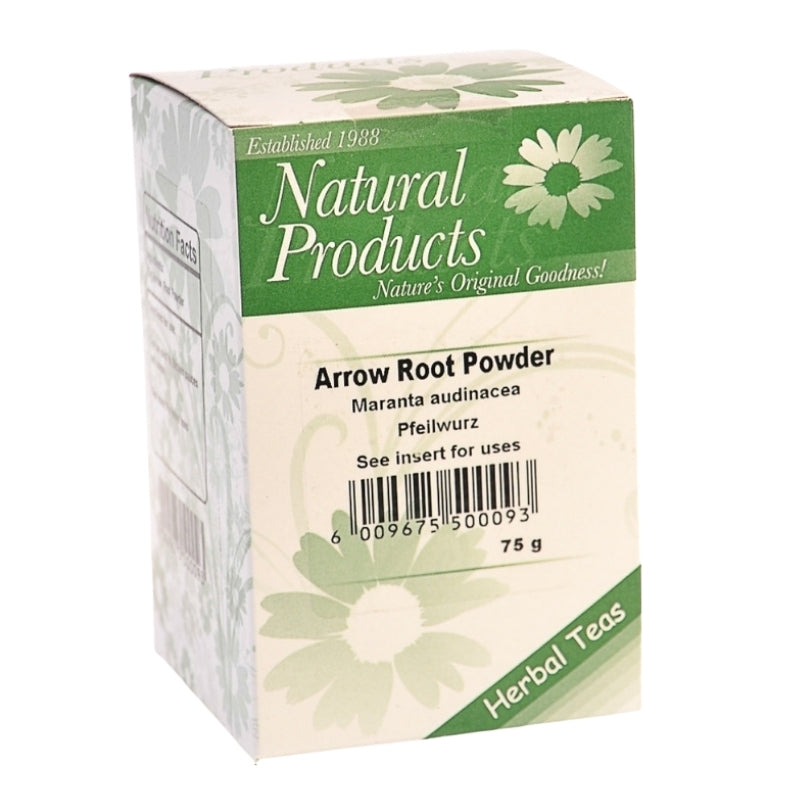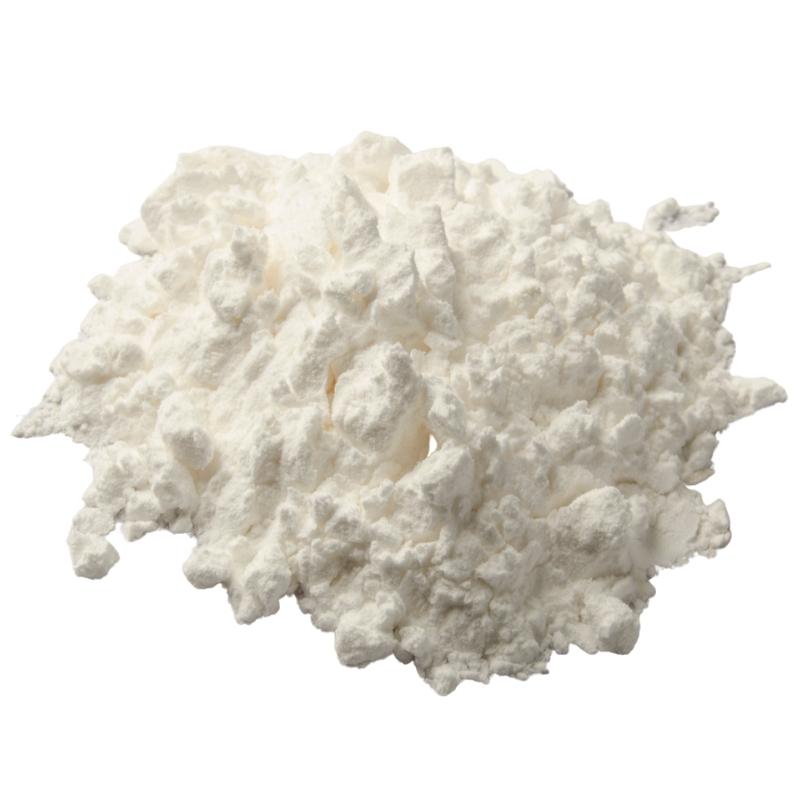
Reduce Sweat With a Natural Baby Powder Alternative
Cayla MandeanIf you've been raised by South African parents, you're likely familiar with the comforting smell of baby powder. It's been a go-to solution for generations, soothing a baby's rash or keeping us dry, and odour-free, during sweaty days. If you're a runner, you may even use it to help with chafing.
With the rising popularity of natural personal care, have you ever stopped to rethink traditional baby powders and wondered if a natural alternative might be a better choice? It's not just about being budget-conscious (I see you bargain hunter) but also about prioritising your health and the environment.
Why Move Away from Traditional Baby Powder?
Traditional baby powder is typically made from talcum powder combined with a fragrance, which is often synthetic. Talc, the main ingredient in talcum powder, is a naturally occurring mineral that is mined from the earth. Beyond baby powder, talc is also commonly used in other personal care products, such as foot and dusting powders, to help control odour and moisture.
Talc, a mineral, is sometimes found near asbestos deposits, raising contamination concerns. While talc used in personal care products is typically processed to remove asbestos, studies have shown links between prolonged talc exposure and respiratory issues, particularly in infants and young children.
Research has also highlighted concerns about the potential carcinogenic risks associated with talc, both with or without asbestos contamination. Additionally, there are concerns about heavy metal contamination in some talc-based products, which may pose health risks over prolonged exposure. In both of these cases, scientific literature has not reached a definitive consensus.
While stricter regulations for its use have been enforced, the scientific evidence remains mixed. Over the years, various controversies have further fuelled the debate. Regardless, I still want to explore safer, natural alternatives.
Many other dusting and baby powders contain synthetic fragrances, which can irritate sensitive skin and respiratory systems. For people prone to eczema or allergies, these ingredients can exacerbate symptoms.
It's reassuring to know that natural alternatives, even your own DIY solutions, allow you to avoid artificial fragrances - significantly reducing the risk of skin irritation.
Environmental Impacts of Traditional Baby Powders
Talc mining, processing and refining can lead to environmental degradation and deforestation. In some cases, it also contributes to poor working conditions in mining communities. Switching to natural powders often involves less resource-intensive ingredients, reducing the ecological footprint of personal care routines.
If you're still on the fence about taking the leap and trying a natural alternative, why not take it a step further and whip up your own batch of DIY baby powder? The evidence couldn't be clearer…natural options are safer, sustainable, effective, and surprisingly easy to make!



